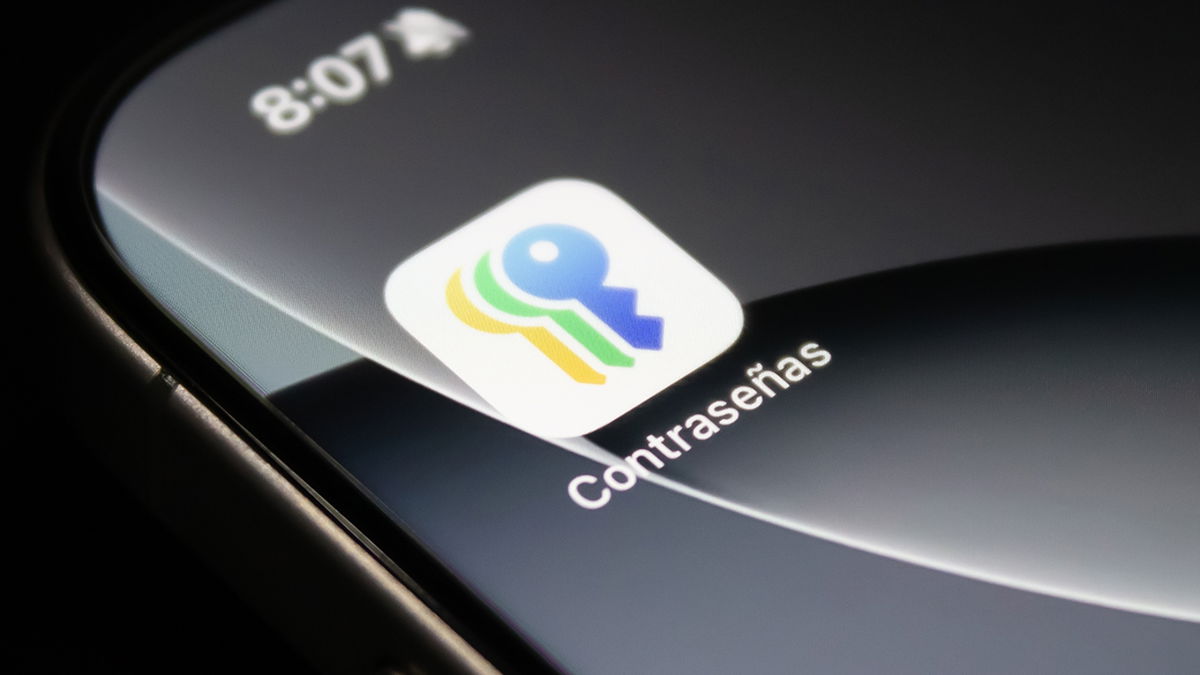Our smartwatches know more and more about us, so much so that it’s surprising how much they can get just with a little touch of our wristband. We have all wondered at some point: How does a smartwatch know if you’re sleeping well or stressed?
If you have also asked yourself this question, we will try to clarify how your smartwatch can make more or less precise measurements of your health from the tiny sensors it includes inside.
Many measurements, fewer sensors
It used to be that when a smartwatch could measure your pulse manually, that was the ultimate. Later the continuous pulse register arrived and with it a whole explosion of measures ranging from the quality of sleep to stress, through the level of oxygen in the blood or the rhythm of breathing. There’s even a smartwatch that can measure your blood pressure, and rumors tell us that the Apple Watch could even display blood glucose levels.
Today, connected watches measure everything, and yet the sensors are more or less the same. Inside, accelerometers and gyroscopes to capture the most subtle movements. Aimed at the wrist, an optical sensor to “look” closely at your skin and capture changes in every pulse or, turning more finely, microscopic changes in infrared light as it enters blood vessels and returns to the sensor, being able to calculate the oxygen level in the blood.

The sensors of the future Google Pixel Watch
Huawei has the TruSeen sensor, Amazfit calls it the PPG BioTracker, Samsung calls it the Samsung BioActive sensor, and none of them really publicize how it works or its exact specs, but They consist of a series of photodiodes and LEDs. to brighten and look your skin. Measurements of sleep quality and stress are based on them.
This is how your smartwatch knows how you sleep
There are several ways to analyze a person’s sleep using technology. Some apps use the microphone to detect snoring, but this is not common on smartwatches. Instead, smartwatches are based on movements detected by its accelerometer and gyroscope
Amazfit explains this clearly on its website: when the heart rate is low and there is hardly any movement, this is recorded as deep sleep. When there is a lot of movement and the heart rate is high, it is called light sleep. As sleep measurements spread across millions of devices, Big Data – one of Huami’s businesses – is being used to refine the algorithms that generate results from raw sensors.

The usual thing today is that smart watches can also estimate when you are in the REM phase. In this case, the pulse and motion sensor data is added to the respiratory rate to make the estimate. And how does the smartwatch know your breathing rate? The answer is, again, the accelerometer.
The system is far from perfect, as Huawei explains: your watch won’t know you’re standing if you don’t move
Stress ? Your watch knows, more or less
All the latest smartwatches include stress measurement, which is even more enigmatic than the analysis of dreams. How does your smartwatch know you’re stressed, when you might not even have noticed?
On this occasion, the accelerometers can rest, since the heart sensor takes care of it, using the old technique of measure changes in time between beatsalso known as HRV (heart rate variability).

Harvard Medical School explains it this way: “HRV offers a non-invasive way to identify autonomic nervous system imbalances. if the system is in fight or flight mode, the variation between beats tends to be lesswhereas if the nervous system is relaxed, the variation may be greater”.
Again, the system is far from foolproof. Huawei includes the disclaimer that consumption of caffeine, nicotine, alcohol or drugs may affect resultswhich will also not be very reliable in people with heart disease, asthma, who play sports or who do not wear the watch correctly.









